In the heart of the bustling city, amidst the cacophony of sirens and street chatter, there exists a silent bond, forged not in steel but in leather. It is the unspoken alliance between a police officer and their gun holster—a relationship steeped in history, laden with significance, and tested by the crucible of duty. As the sun sets over the skyline, casting long shadows that dance along the pavement, the police gun holster remains a steadfast companion, a symbol of authority and protection in a world filled with uncertainty. Its presence at the officer’s hip serves as a silent declaration of their commitment to uphold the law and safeguard the community they serve.
With each step taken through the labyrinthine streets, the weight of the police gun holster against the officer’s hip serves as a constant reminder of the responsibility they bear. It is more than a mere accessory; it is a lifeline, a conduit through which they channel their sense of duty and purpose. In the midst of the bustling metropolis, where chaos and order collide, the police gun holster stands as a beacon of stability—a tangible link to the traditions of law enforcement and the ideals of justice that guide the officer’s every action.
Introduction: The Silent Sentinel
Amidst the bustling cityscape, Officer Sarah Miller stands as a stalwart guardian of the law, her badge glinting under the sunlight. Yet, it is the police gun holster at her hip that truly defines her. More than a mere accessory, it embodies her authority, responsibility, and the trust placed upon her. Amidst the chaotic symphony of urban life, the police gun holster remains a silent sentinel—a steadfast companion, symbolizing Miller’s unwavering dedication to justice and safeguarding the community. Its presence serves as a constant reminder of the weighty duty she carries with each stride she takes in the line of duty.
The Origin Story: An Heirloom of Honor
Every scratch, every crease, narrates a story of its own. Miller’s police gun holster transcends being a mere equipment; it stands as a cherished relic passed down through generations of her family—a tangible link to her proud ancestors who served with valor. The weathered leather bears witness to the trials and triumphs of those who preceded her. From the bygone eras of dusty streets to the bustling thoroughfares of modernity, the police gun holster has silently observed the evolution of law enforcement. It stands as a testament to the enduring legacy of honor and dedication that defines the lineage of the Miller family. With each passing generation, the holster accumulates layers of history, enhancing its significance as a revered heirloom of honor.
Distinctive Features: Craftsmanship and Tradition
But what truly sets Miller’s holster apart are the subtle details, the nuances that speak volumes. From the polished brass buckle to the meticulously stitched seams, each element is a testament to craftsmanship and tradition. The leather, supple yet sturdy, has been carefully selected and treated, ensuring both durability and comfort for the wearer. And then there’s the faint scent of gun oil, a comforting reminder of the weapon it cradles—a reminder of the weight of authority it carries and the responsibility it represents.
Sentimental Significance: More Than Just Leather and Metal
For Miller, the holster is more than just a tool; it is a talisman—a talisman of protection, of duty, and of honor. It is a constant companion, a silent guardian that stands between her and the dangers that lurk in the shadows. And in moments of uncertainty, it is a source of strength—a reminder of the oath she took to serve and protect. Each scuff and scratch on its surface tells a story—a story of battles fought and victories won, a story of sacrifice and resilience that binds Miller to her holster in a bond that transcends mere leather and metal.
Symbolism of Identity, Duty, and Authority: The Badge of Honor
But beyond its practical purpose, Miller’s holster serves as a symbol—a symbol of her identity, her duty, and her authority. When she straps it on each morning, it is not just an act of preparation; it is a reaffirmation of her commitment to the badge, to the community, and to the principles of justice. It is a tangible representation of the trust placed in her by her fellow officers and by the citizens she has sworn to protect. And as she patrols the streets, it is a beacon of authority—a silent reminder to all who see it that she is a guardian of the law, a defender of justice, and a beacon of hope in a world filled with uncertainty.

Conflicts and Challenges: Trials of Trust
Yet, like any relationship, theirs is not without its challenges. There are moments of doubt when the holster fails to cooperate—a stubborn strap, a stuck clasp—testing Miller’s patience and resolve. Despite her years of experience, there are occasions when the holster’s refusal to yield can shake her confidence, forcing her to rely on her ingenuity and resourcefulness to overcome the obstacle. And then there are the moments of sheer panic when, in the chaos of pursuit, she realizes that her holster is missing—a feeling akin to losing a part of herself, sending a jolt of adrenaline through her veins as she scrambles to regain control.
Emotional Connection: Bonds of Duty and Devotion
But amidst the trials and tribulations, there are also moments of profound connection—moments when Miller feels a surge of pride as she straps on her holster, a surge of adrenaline as she draws her weapon, and a surge of relief as she reholsters it at the end of a long day. It is a bond forged in the crucible of duty, tempered by experience, and strengthened by trust. Each time she secures her holster, it is not merely an act of routine; it is a reaffirmation of her commitment to her duty, her fellow officers, and the community she serves—a reminder of the sacrifices she has made and the sacrifices she is willing to make for the greater good.
Ethical Complexities: The Weight of Responsibility
And yet, lurking beneath the surface lies a web of ethical complexities—a tangled knot of duty, morality, and responsibility. For Miller, the holster is not just a tool of enforcement; it is a conduit of power—a power that must be wielded with care, with compassion, and with respect for the sanctity of life. Each time she draws her weapon, she is acutely aware of the weight of responsibility that rests upon her shoulders—the responsibility to protect, to serve, and to uphold the principles of justice. And in the face of moral dilemmas and ethical quandaries, it is her unwavering commitment to these principles that guides her actions, even when the lines between right and wrong blur in the heat of the moment.
Conclusion: The Heartbeat of Justice
In the end, Miller’s relationship with her holster is a reflection of the complexities of law enforcement—a dance between duty and desire, between authority and accountability. It is a reminder that behind every badge, behind every holster, there beats a heart—a heart that bleeds, that breaks, and that ultimately, strives to make a difference in the world. As she walks the thin blue line, Miller carries with her the weight of responsibility and the burden of choice, knowing that every decision she makes has the power to shape lives and communities. And though the path may be fraught with challenges and uncertainties, she remains steadfast in her commitment to uphold the values of justice, integrity, and compassion—a beacon of hope in a world that often seems dark and unforgiving.
Frequently Asked Questions:
Q1. What makes a police gun holster significant to law enforcement officers?
A police gun holster serves as more than just a tool—it embodies authority, responsibility, and trust. It symbolizes an officer’s commitment to upholding the law and protecting their community.
Q2. Why is the relationship between an officer and their holster described as a “silent bond”?
This bond is forged through shared experiences and reliance on the holster in critical moments. It silently communicates the officer’s dedication to duty and their reliance on the equipment that aids them in their tasks.
Q3. What role does the origin story of the holster play in its significance?
The history of a police gun holster, especially one passed down through generations, adds layers of meaning and tradition. It connects the officer to their family’s legacy of service and reinforces the holster’s importance as a symbol of honor.
Q4. How do conflicts and challenges with the holster impact an officer’s duties?
Challenges such as malfunctions or loss of the holster can test an officer’s patience and resourcefulness. These moments of adversity highlight the critical role the holster plays in their ability to carry out their duties effectively.
Q5. What ethical considerations surround the use of firearms and their holsters?
Officers must navigate complex moral dilemmas when wielding the power represented by their holster. They must balance the duty to protect with the responsibility to uphold justice and respect for human life, making decisions that can have profound consequences.

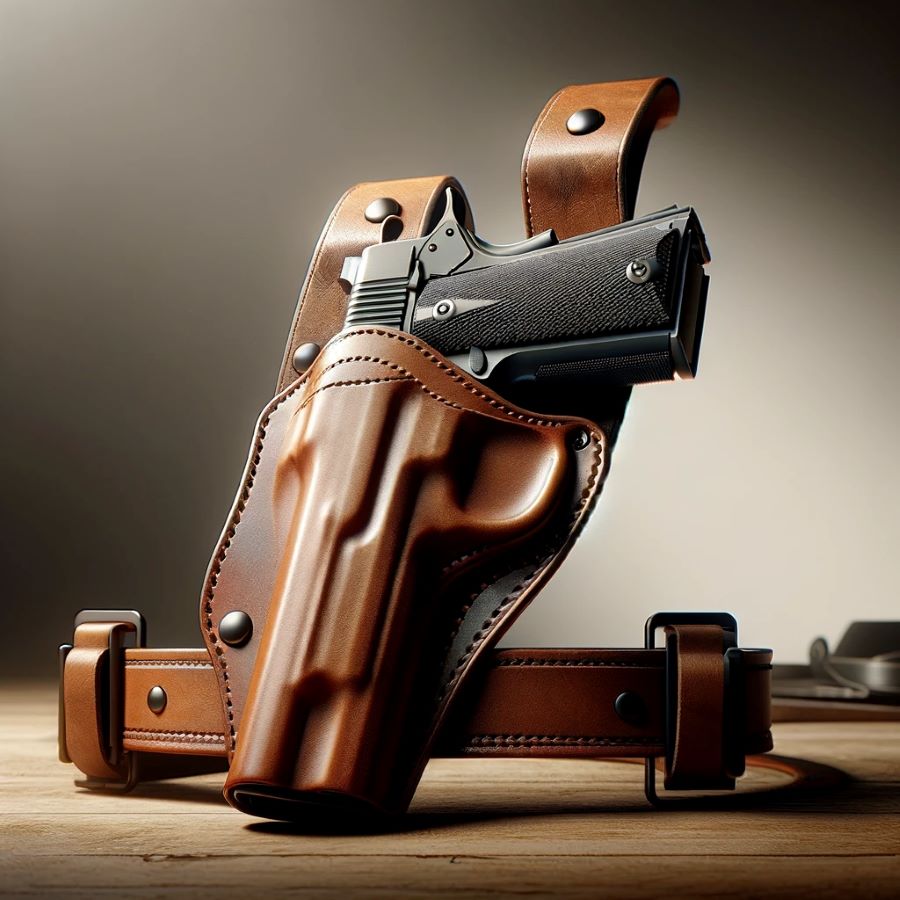
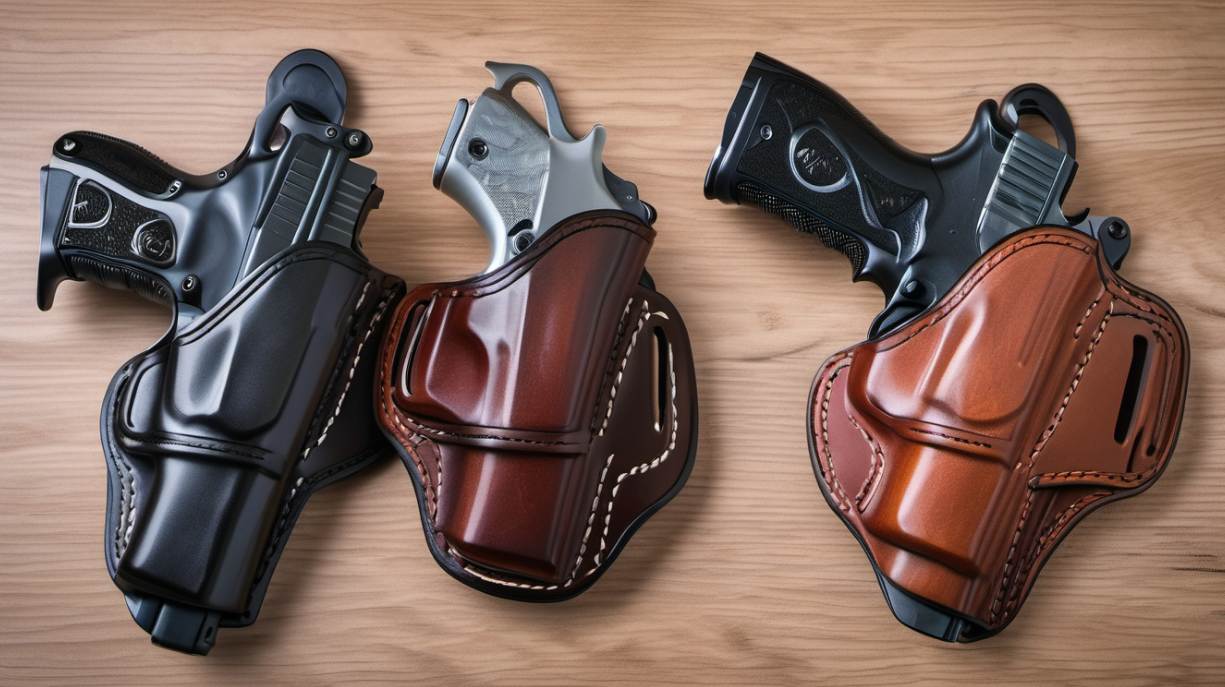

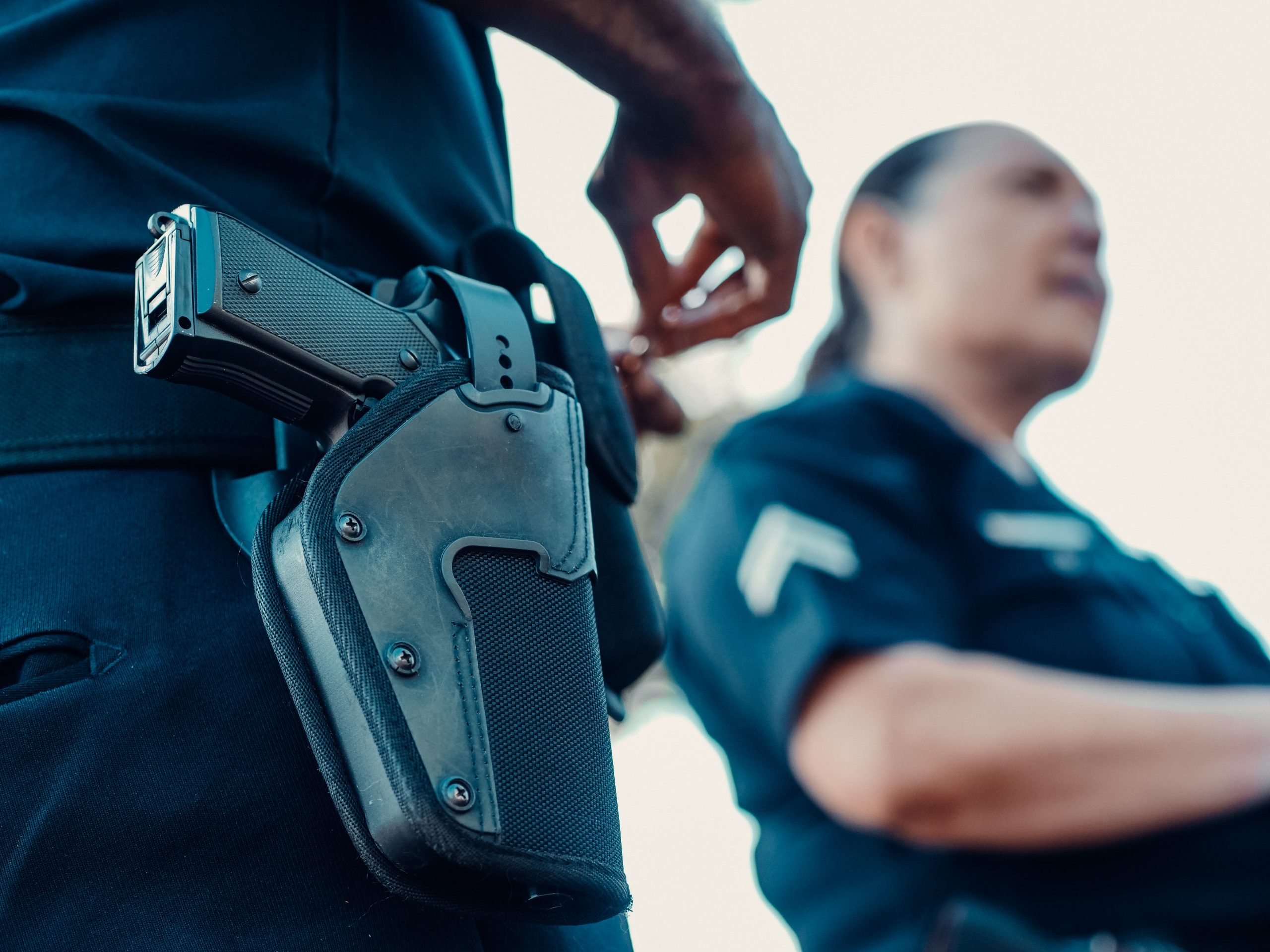
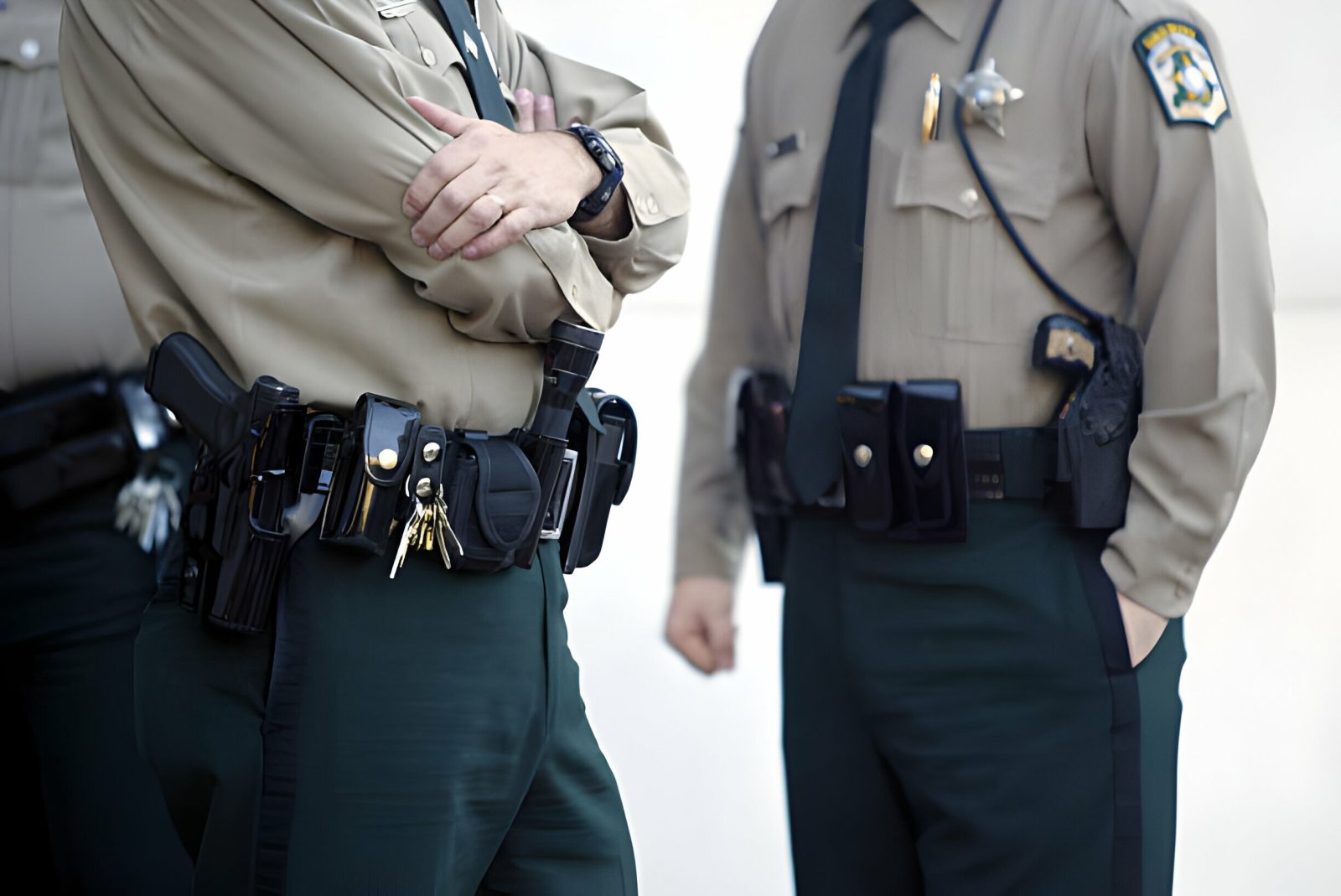
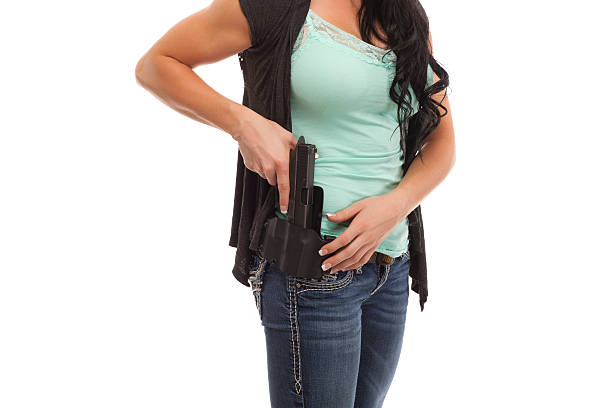

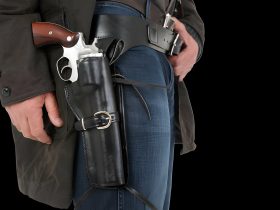
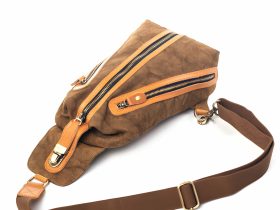

Leave a Reply